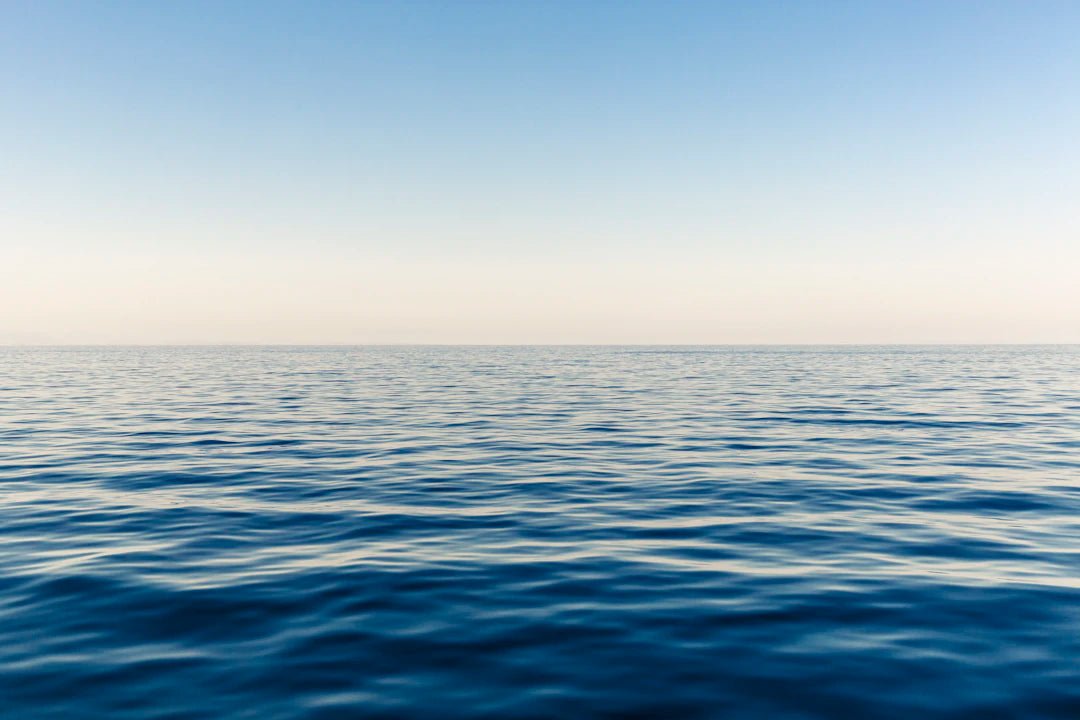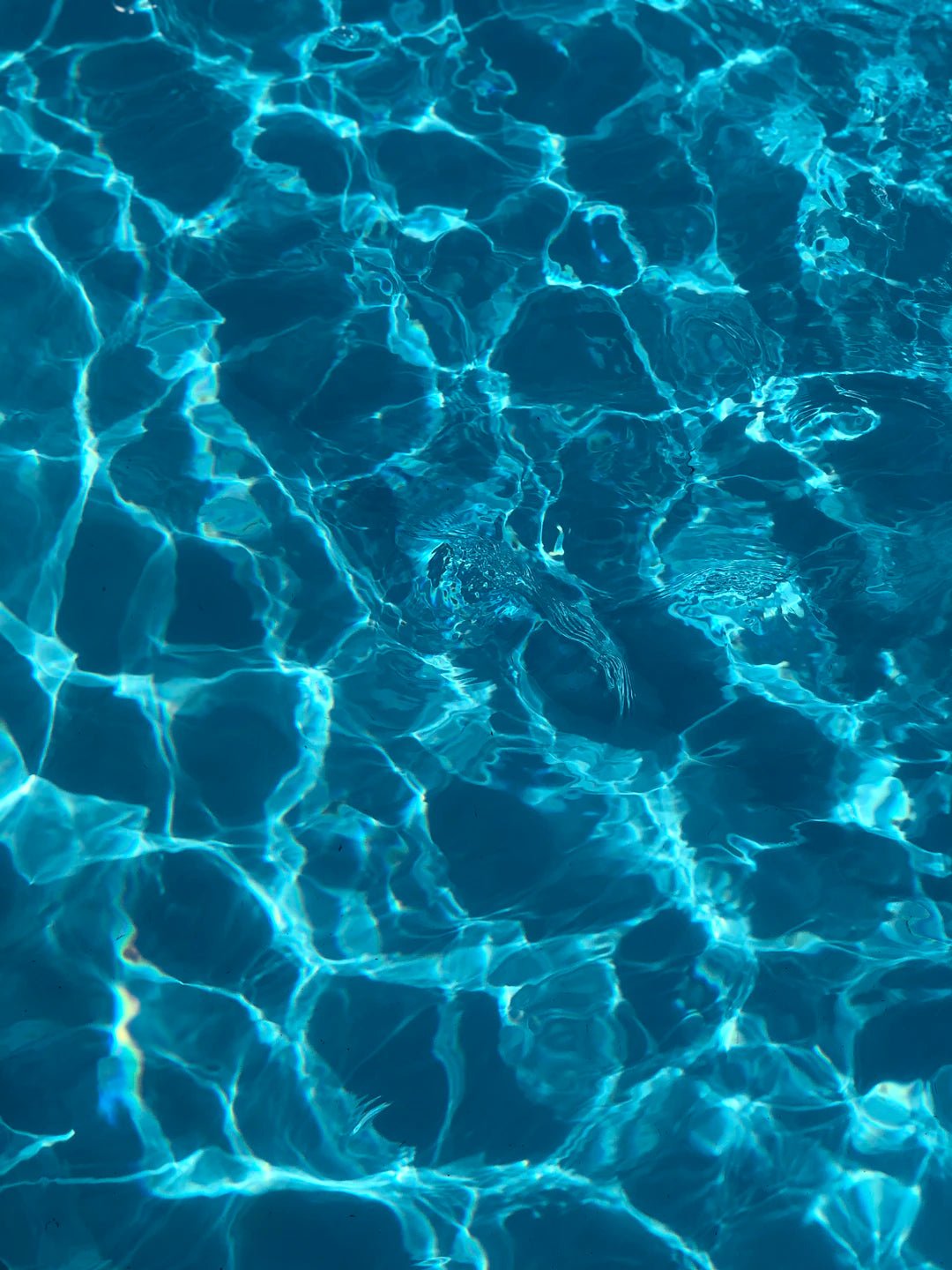Discovering Various Reverse Osmosis Systems
Overview
This blog discusses reverse osmosis (RO) systems for water purification, detailing their benefits, types (under-sink, countertop, whole house, and tankless), maintenance tips, and cost considerations. It emphasizes the importance of choosing the right system for clean, safe drinking water and highlights how proper filtration can improve health and reduce environmental impact.
Frequently Asked Questions
1. What is reverse osmosis?
2. What are the benefits of using a reverse osmosis system?
3. What types of reverse osmosis systems are available?
4. How often should I replace filters in my reverse osmosis system?
5. What factors should I consider when choosing a reverse osmosis system?
Australia's commitment to clean and safe drinking water is commendable, and one of the most effective ways to achieve this is through reverse osmosis (RO) systems. Understanding the different types of reverse osmosis systems can help you choose the right water filtration system for your home. This article will delve into the types of reverse osmosis systems available, their benefits, and crucial tips for maintaining your system, including reverse osmosis filter replacement. So, if you're ready, let's dive into the world of RO systems!
What is Reverse Osmosis?
Reverse osmosis is a water purification process that removes contaminants from water using a semipermeable membrane. This method has gained popularity in Australia, particularly for households looking to improve their water quality. The process effectively eliminates impurities such as salts, chlorine, heavy metals, and other unwanted substances, ensuring that the water you consume is not only clean but also safe.
The Benefits of Reverse Osmosis
There are numerous benefits to using a reverse osmosis system. Here are some noteworthy advantages to consider:
- High-Level Filtration: Reverse osmosis systems are highly effective at removing contaminants, providing you with pure drinking water.
- Improved Taste: By eliminating chlorine and other impurities, reverse osmosis improves the taste of your water, ensuring it's refreshing and enjoyable.
- Cost-Effective: Investing in a water filter can save you money in the long run, as you won't need to purchase bottled water.
- Environmentally Friendly: By reducing bottled water consumption, RO systems contribute to a decrease in plastic waste.
- Versatile Use: RO water can be used not only for drinking but also for cooking and making beverages.
Types of Reverse Osmosis Systems
When it comes to reverse osmosis systems, they can vary in design, functionality, and installation. Here are some common types of reverse osmosis systems available in Australia:
1. Under-Sink Reverse Osmosis Systems
Under-sink reverse osmosis systems are designed to fit discreetly under your kitchen counter. These systems are popular among Australian households due to their compactness and efficiency. They often consist of multiple filtration stages, which include pre-filters, reverse osmosis membranes, and post-filters.
One of the main advantages of under-sink systems is that they save counter space while providing excellent quality water. Regular reverse osmosis filter replacement is essential to keep the system operating effectively and delivering pure water.
2. Countertop Reverse Osmosis Systems
If you’re looking for a portable solution, countertop reverse osmosis systems might be the perfect choice for you. These systems sit on your kitchen counter and connect directly to your tap, making them easy to install and use. They’re ideal for renters or for those who do not want to commit to permanent installations.
Although they occupy some counter space, countertop systems are easy to maintain and typically require less effort for reverse osmosis filter replacement.
3. Whole House Reverse Osmosis Systems
Whole house reverse osmosis systems are designed to treat all the water entering your home. This solution ensures that every tap, shower, and appliance utilizes purified water. While these systems are generally more expensive and require professional installation, they are the best option for those looking for comprehensive water filtration throughout their entire property.
Given that these systems filter all water sources, the reverse osmosis filter replacement process can be more complex and may require professional assistance. Nonetheless, the investment can result in significant health benefits for your household.
4. Tankless Reverse Osmosis Systems
Tankless systems offer an innovative approach to reverse osmosis filtration. Unlike traditional systems that require a storage tank to hold clean water, tankless RO systems filter water on demand. This means you won’t have to worry about running out of purified water or dealing with bulky tanks.
Tankless systems are becoming increasingly popular in Australian homes due to their efficiency and space-saving design. Regular maintenance and reverse osmosis filter replacement are still required to maximize their performance.
Choosing the Right System for Your Needs
When selecting the ideal reverse osmosis system for your home in Australia, several factors come into play:
- Water Quality: Consider your local water supply. If you have hard water or significant contaminants, a more robust system may be required.
- Space Availability: Assess the space you have available for installation, whether under the sink, on the counter, or for a whole-house system.
- Budget: Keep in mind both the initial investment and ongoing maintenance costs, such as reverse osmosis filter replacement.
- Usage: Determine how much purified water you'll need for daily activities like drinking, cooking, and cleaning.
Maintenance and Care for Your Reverse Osmosis System
Maintaining your reverse osmosis system is crucial for optimal performance and longevity. Here are some essential maintenance tips:
Regular Filter Replacement
The importance of reverse osmosis filter replacement cannot be overstated. The filters in your RO system trap contaminants, and over time they can become saturated and lose their effectiveness. Depending on usage, it’s recommended to check your filters every six months and replace them as needed.
Sanitize the System
Regularly sanitizing your reverse osmosis system is essential to prevent bacteria buildup. You can do this by following the manufacturer's guidelines for sanitization. Clean the tank, filters, and other components to maintain the quality of your water.
Check for Leaks
Periodically inspect your reverse osmosis system for any leaks or signs of wear. Promptly addressing issues can prevent costly repairs down the line and ensure your system functions efficiently.
Understanding the Cost of Reverse Osmosis Systems
The cost of reverse osmosis systems can vary widely based on the type of system, brand, and additional features. Understanding the price range can help you set a budget:
- Under-Sink Systems: Typically range from AUD 200 to AUD 600 for the system, depending on filtration stages and brand.
- Countertop Systems: Generally range from AUD 100 to AUD 400, making them a more accessible option for many consumers.
- Whole House Systems: These can range from AUD 1000 to AUD 5000, which reflects the complexity of installation and system capacity.
When budgeting for your reverse osmosis system, remember to consider the long-term costs associated with filter replacements and maintenance.
Ripple Effect on Water Quality
As we’ve explored in this article, the significance of selecting the right water filtration system cannot be emphasized enough. Utilizing a reverse osmosis system not only enhances your water quality but also contributes to a healthier lifestyle. The first step in enjoying cleaner, better-tasting water starts with understanding your options.
Your choice can have a substantial ripple effect on your health, your household’s efficiency, and even the environment. Embrace the journey to pristine, pure water with the right reverse osmosis system tailored to your needs. Start today with Rippl Pure and experience the difference in the quality of your life!
Linked Product

Reverse Osmosis Filter Replacement for Rippl Pure - Essential to Maintain Clean, Pure Water
The Reverse Osmosis Filter Replacement for Rippl Pure is designed to effectively eliminate contaminants from your water, ensuring it remains clean and safe for consumption. Regular replacement every 12–24 months helps maintain the performance and longevity of your Rippl Pure system, while also enhancing the taste of your drinking water. With straightforward installation instructions provided, keeping your water filtration system in optimal condition is easy and convenient.
View Product


